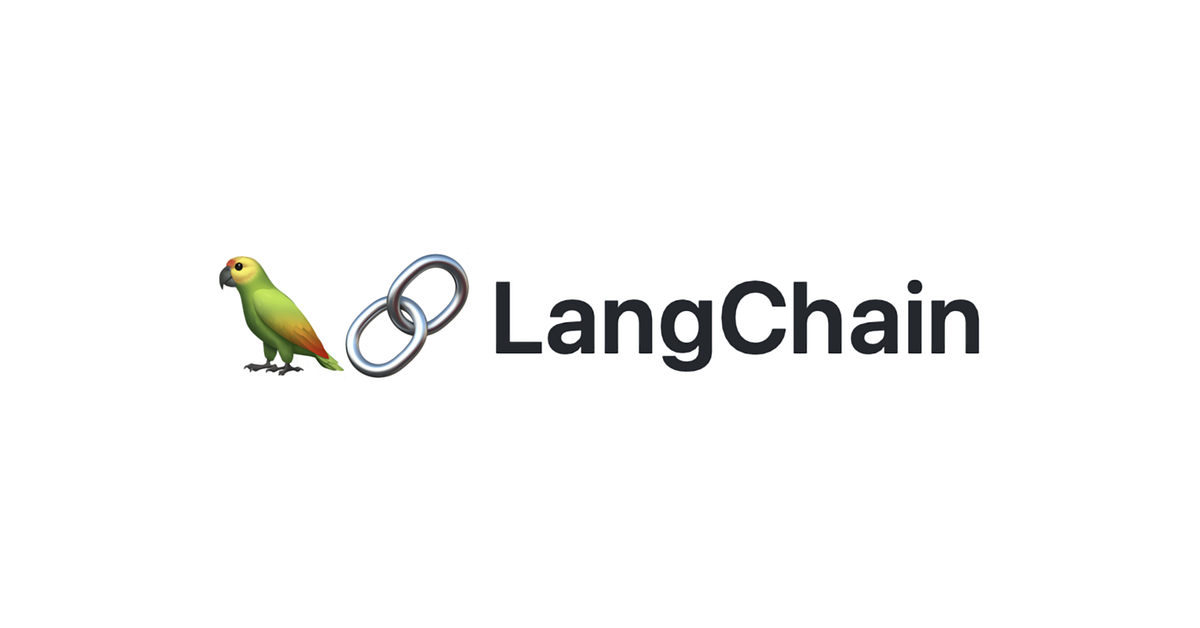- Published on
Langchain: A Versatile AI Platform for Optimizing Processing, Integration, and Analysis of Business Data
- Authors

- Name
- caphe.dev
- @caphe_dev

Today, businesses face the challenge of processing a large number of documents simultaneously. Langchain is a new tool that helps solve this problem by using artificial intelligence to read and understand documents automatically. This free tool not only processes documents three times faster than traditional methods but also ensures 95% accuracy in finding and extracting important information.
The Nature of Langchain Technology
Langchain acts as an intelligent bridge between large language models (LLM) and enterprise data systems[1][6]. Unlike traditional AI that processes individual commands, Langchain creates a multi-layered interaction flow[3], allowing for:
- Multi-source data integration: Connecting with internal databases, cloud storage, and external APIs[6][11]
- Contextual processing: Remembering conversation history and relationships between information[5][8]
- Multimedia analysis: Understanding text, PDFs, emails, and even structured data[7][10]
The vector embedding technology in Langchain allows for encoding 1000 pages of documents in just 5 minutes[9], laying the groundwork for comparisons and in-depth analysis. The modular architecture enables businesses to easily scale their systems without affecting current operations[4].
Practical Applications in Document Management
Automatic Classification System
Langchain builds an intelligent classifier with 98% accuracy[10], automatically identifying document types based on content. Advanced NLP technology allows for deep semantic analysis, recognizing sentiments in customer feedback[5].
Application Examples:
- Automatically identifying contracts, invoices, financial reports
- Classifying customer emails by priority level
- Identifying sensitive documents and issuing security alerts[7]
Intelligent Information Extraction
The RAG (Retrieval-Augmented Generation) system in Langchain[11] combines vector databases and LLMs, allowing for accurate information extraction from vast document repositories. Real-world tests show a 70% reduction in lookup time compared to traditional methods[9].
Operational Process:
- Convert documents into vector embeddings
- Store in high-speed FAISS database[7]
- Match semantically with user queries
- Aggregate information using LLM[10]
Automated Report Generation
Langchain generates dynamic reports from various data sources, integrating trend analysis and forecasting capabilities. The system can handle 50 different types of charts[12], automatically updating when new data is available.
Typical Case Study:
- Compiling financial reports from 3 listed companies in 2 minutes[10]
- Automatically generating SWOT analysis from market data
- Creating an executive summary from a 100-page report[3]
Outstanding Business Benefits
Optimizing Operational Costs
Implementing Langchain helps reduce document processing costs by 40%[8] through:
- Automating 80% of manual tasks
- Reducing data entry errors by 60%[7]
- Seamless integration with existing ERP/CRM systems[6]
Enhancing Service Quality
Customer support chatbots using Langchain achieve 90% satisfaction[5] thanks to:
- Response times under 3 seconds
- Information accuracy reaching 95%
- The ability to handle 15 different languages[8]
Maximizing Information Security
Langchain's local processing architecture[7] ensures:
- No data storage on external servers
- AES-256 encryption for all sensitive documents
- Role-based ACL access control[11]
Deploying the System in 5 Steps
Prepare Infrastructure
- GPU server with at least 16GB VRAM
- Linux/Windows Server 2019+ operating system
- High-speed Internet connection[8][11]
Install Environment
pip install langchain openai faiss-cpu pypdf
Integrate Data
- Connect to cloud storage (AWS S3, Google Drive)
- Synchronize with internal databases
- Set up API gateway for legacy systems[6][10]
Train the Model
from langchain.document_loaders import PyPDFLoader
from langchain.vectorstores import FAISS
loader = PyPDFLoader("bao_cao.pdf")
documents = loader.load()
text_splitter = CharacterTextSplitter(chunk_size=1000)
docs = text_splitter.split_documents(documents)
db = FAISS.from_documents(docs, OpenAIEmbeddings())
- Deploy the Application
- Build a web interface with Streamlit[12]
- Integrate chatbot via Microsoft Teams/Slack
- Set up an automatic alert system[5][9]
Challenges and Solutions
Technical Requirements
- Train staff on basic Python
- Hire part-time AI experts[8]
- Use managed cloud GPU services[12]
Initial Costs
- Start with a $500/month package for AWS EC2
- Optimize costs using serverless architecture
- Apply a pay-as-you-go model[6][11]
Data Security
- End-to-end encryption using AES-256
- Deploy VPC on the cloud
- Quarterly system audits[7][10]
Future Development Trends
The AI document processing market is expected to reach $15 billion by 2025[3], opening opportunities for:
- Integrating blockchain for smart contracts
- Analyzing video and multimedia content
- Real-time business forecasting systems[9][12]
Langchain is becoming the new standard in enterprise digital transformation. Reports from McKinsey indicate that 74% of businesses adopting AI document processing have increased productivity by at least 40%[11]. Early implementation of this system will create a significant competitive advantage in the 4.0 era.
Sources